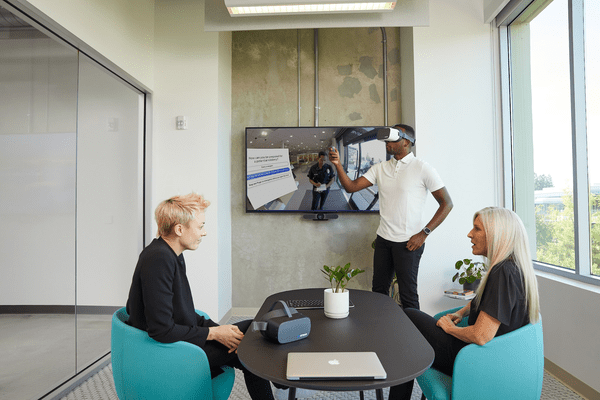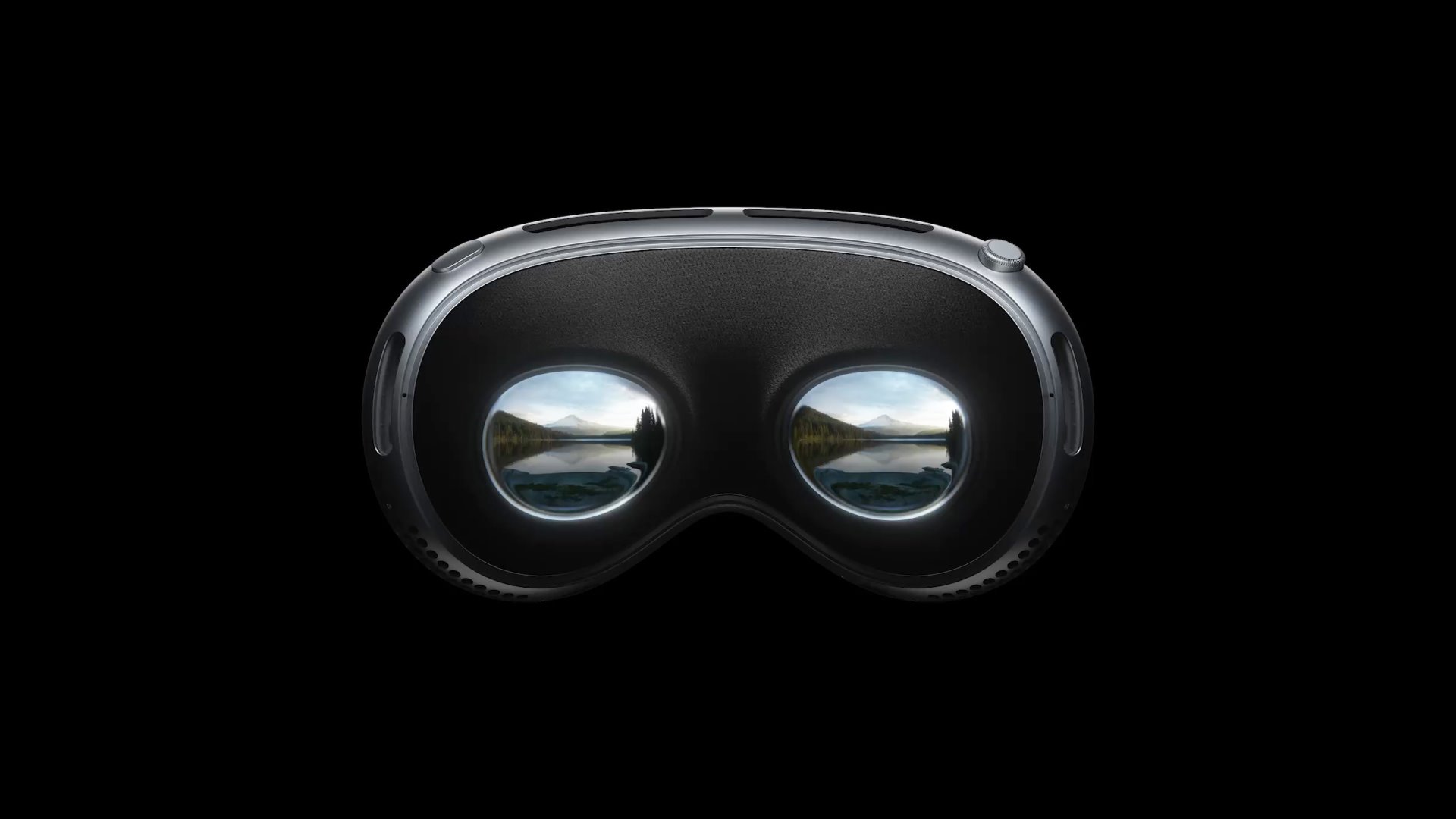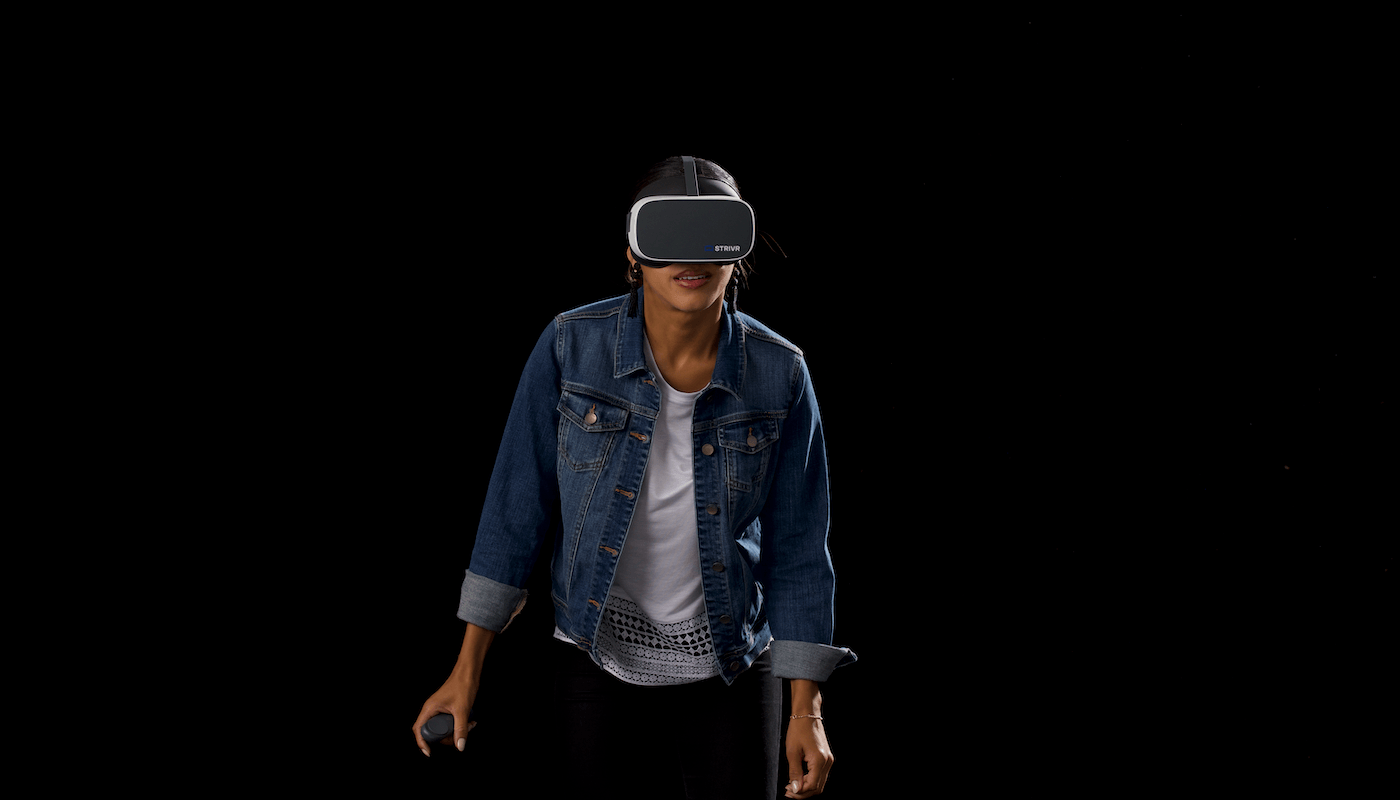A gunman enters an office building and begins firing. Panic ensues, and it’s up to the employees present to make rapid decisions that will save as many lives as possible. What will happen?
This is a scenario no one wants to think about, but unfortunately, we’re forced to, time and again, as headlines hit the news. Two thousand people are victims of workplace violence a year. In fact, 80% of active shooter incidents occur in the workplace. Company leaders and team supervisors know they must prepare their people for the awful possibility of an armed assailant entering their workplace with terrible intentions. However, no amount of classroom learning, eLearning, or traditional role-playing can adequately prepare an employee for the intense emotion and split-second thinking required.
Virtual reality (VR) is a powerful way to proactively train employees for this worst-case situation, whether in a retail storefront, warehouse, back office, or another professional setting. With VR training, you can prep your employees for a life-threatening active shooter incident within a safe, simulated environment, where they can experience a range of emotions that leave an indelible impression — and the opportunity to practice their reactions again and again until they’re confident they know what to do.
Strivr is proud to present our first-ever off-the-shelf Immersive Learning module in the domain of armed attack training.
Why Immersive Learning? Why armed attack?
VR training is incredibly effective for all kinds of workplace learning objectives. Today, enterprise organizations use VR training to onboard new workers faster, build culture at scale across stores, improve hospital patient care, ensure on-the-job safety, and more. VR training — called Immersive Learning, when combined with advanced learning theory, data science, and spatial design — works well for a few very specific reasons:
- Learning by doing increases retention
- Realistic practice leads to real-world behavioral change
- Real-time feedback accelerates proficiency
- Emotional fidelity increases preparedness and confidence
Immersive Learning is a natural fit for training employees how to react in a sudden armed attack scenario, which naturally creates heightened emotion and pressure to make practiced, split-second decisions. This is why companies like Verizon have partnered with Strivr to custom-create their own Immersive Learning modules to better prepare their teams for the possibility of armed robbery.
Explore the Ultimate Guide to Immersive Learning
But while VR provides the immersive benefits to protect workers from violence, not every company has the resources to create a custom VR training course from scratch — time, capital, and leadership buy-in. The typical path to pilot for an Immersive Learning module starts with defining organization-specific learning objectives, then moves into curriculum design, content production (often involving onsite filming), and building the experience inside a headset. The way that experience is built, and the learning data it collects will inform not just how successful the Immersive Learning efforts are but how they can be tracked and measured once put in place. This is a process that takes months.
Armed assailants are far too common today, and we wanted to make such VR training available to more companies faster. With Strivr’s off-the-shelf Armed Attack course, you can go straight to set up and the performance analysis phase, skipping the design process entirely. This makes VR training accessible and affordable to a broader range of organizations while also serving as an excellent practical introduction for organizations new to VR learning.
Strivr’s Armed Attack training, off the shelf

Strivr’s new off-the-shelf Armed Attack course is a 10-minute Immersive Learning experience that could make all the difference in the lives of your employees and customers — and the overall culture of safety in your workplace.
Within the headset, the learner is transported to an office environment where they’re informed by an instructor that an employee was recently let go and did not take it well. The next thing that happens? A gunman enters the room and begins firing. Panic ensues, and it’s up to the learner in the headset to take the proper steps, engage in the correct ways, and keep themselves and others safe.
This Immersive Learning module teaches the critical 3-Out Method: Lock out. Get out. Take out. Specifically, learners find out how to:
- Lock out an intruder
- Get out of the situation
- Take out the armed assailant
Most importantly, the Armed Attack training teaches the learner which technique to use under which circumstances — information critical for saving lives. Immersive Learning allows learners to practice remaining calm and reacting appropriately in a life-threatening armed attack scenario.
Immersive Learning in an active shooter situation
Importantly, Immersive Learning does not just teach; it measures. The first phase of the training is entirely experiential: inside the headset, the learner experiences an armed attack as if it were real.
The second phase of the Strivr training is a learner self-assessment, which measures engagement, confidence level, and all-over response to the experience. First, a multiple choice quiz asks the learner to choose the correct “out” procedure for the scene they’ve just witnessed unfold.

The next objective is for the learner to identify the proper escape routes and potential ways to fight back. In Immersive Learning, this interactive feature is called a scene hunt.

The third objective is to recognize audio clues and scan the entire environment for potential threats and escape routes. To illuminate this idea, the Immersive Learning feature of a heatmap is employed.

Like all Immersive Learning experiences, the Armed Attack module can be repeated again and again until the learner feels confident in their choices and passes the test perfectly. That element of repetition — the ability to replay an Immersive Learning experience on demand, however many times an individual learner needs to experience it to master the required skills — makes Immersive Learning so powerful.
The takeaways of Active Attack training in an immersive environment
Every learner at every organization that uses Strivr’s off-the-shelf Active Attack training comes away with four critical skills. They:
- Learn the potential consequences of not following safety protocol in high-risk situations
- Understand how to stay alert and aware of their surroundings while on the job
- Identify escape routes and methods to fight back when necessary
- Remain calm in crisis and ensure the safety of other co-workers and customers
Here’s a 2D glimpse of the learners’ experience in the headset.
Curious to learn more? Request a demo of Strivr’s Active shooter response training.





